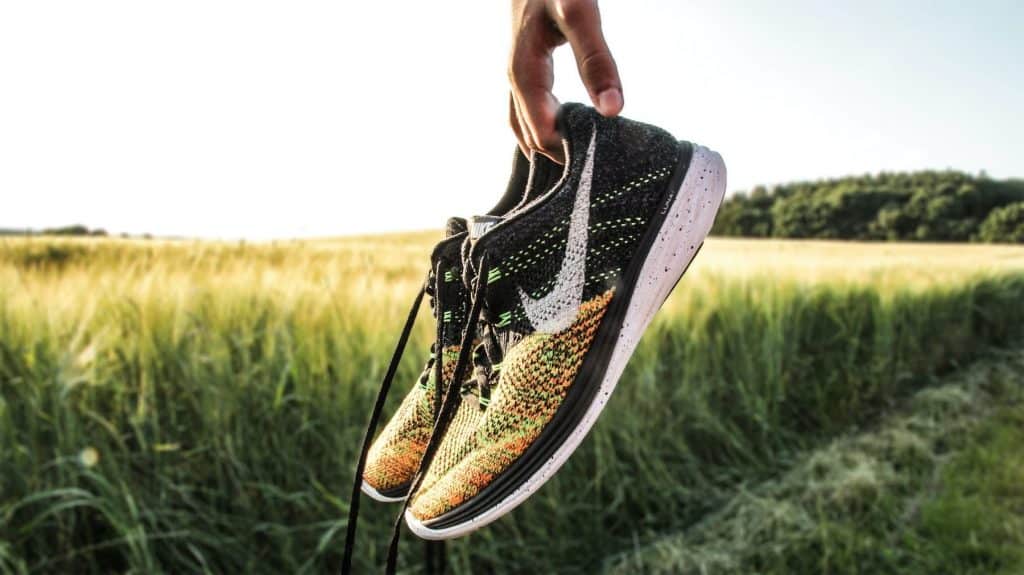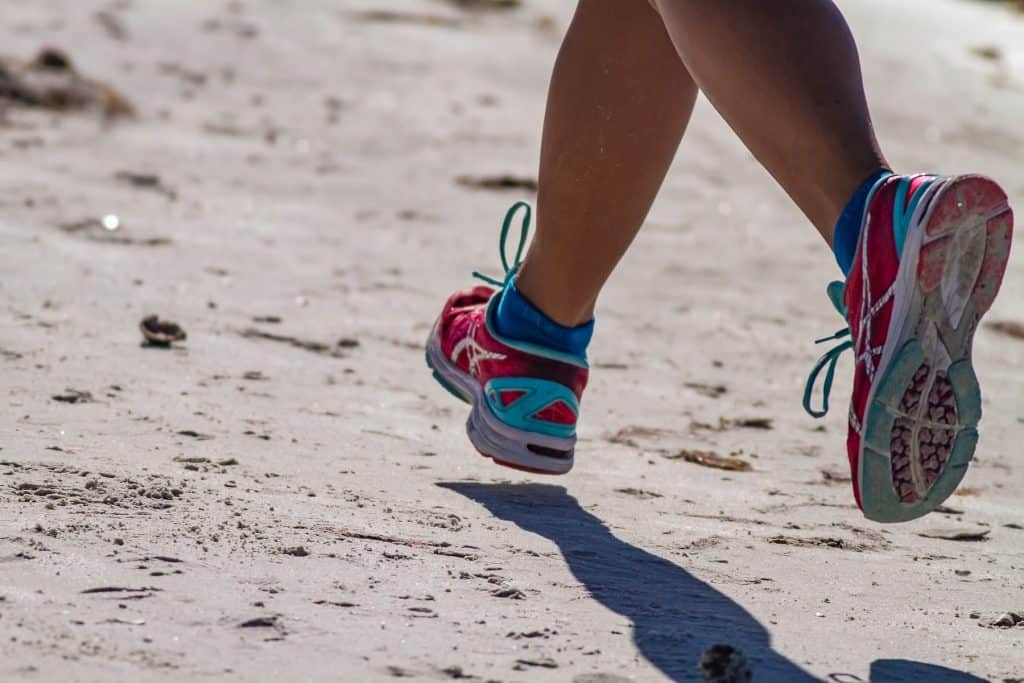Runners, sneakers, sandshoes, whatever you call them, they’re undoubtedly an essential item in your wardrobe. Regardless of whether you run competitively, or just to stay fit, buying new runners is a purchase where quality really matters.
Deciding among the many brands and models on the shelf is not easy. Keep these 3 points in mind when choosing your next pair of runners and feel the decision anxiety slip away.
1. Look for High-Quality Materials
Do you know the main parts of a shoe? Before selecting a running shoe, you have to consider the quality of the material in each section.
1. The upper corresponds to the external part of the shoe. Synthetic materials are usually light, breathable, and robust.
2. The midsole is the area that encloses the rear and front cushioning. The material commonly used for this part is PEVA, combined and integrated with systems patented by manufacturers. This part is responsible for your stability, so choose wisely.
3. The heel counter wraps around your heel and controls its movement so should be made of extremely resistant materials. Check the inside is lined with comfortable fabrics to avoid heel blisters. A comfy heel wedge over the midsole means will give you a more stable stride and reduce reverberation through your body.
4. The rubber outsole rests on the ground and has the fundamental purpose of gripping the surface where you run. Over time, it tends to flatten, so assess the thickness of the tread to estimate how long your shoe should last. It’s kind of like checking your car’s tires!

2. Know Your Pronation
Each runner has a natural pronation style, which reflects the movement of your body. In other words, it describes the tendency of the foot. In the support phase, the foot rotates inwards to unload the weight of the body. By doing this, it distributes the impact at the moment of contact with the ground. There are 3 types of pronation:
1. Neutral: where both feet rest flat.
2. Over-pronation: with accentuated inward support.
3. Supination: with accentuated support towards the outside.
When you know your pronation, you can choose a running shoe that helps you stay neutral and supports your foot to avoid trauma and injury.
Pro-tip: Before placing an order, contact customer support and ask them to confirm the runner you like suits your pronation. Often, manufacturers use a ranking system for their shoes that good resellers can check for you.

3. Choose Runners That Adapts to Your Running Environment
So you know you need different types of shoes for different types of sport, but did you know you even need different shoes depending on your style of running?
Sprinters and regular runners need lightweight shoes with little cushioning. Long-distance runners need shoes with greater ankle support. Trail runners need shoes with rubber outsoles suitable for uneven surfaces and a reinforced front section for rocks and pebbles that flick up as you run. Here’s an extra tip for trail runners: use a waterproof spray on your new runners. Why? Try running on a dirt road after it rains, then let’s talk about it!
